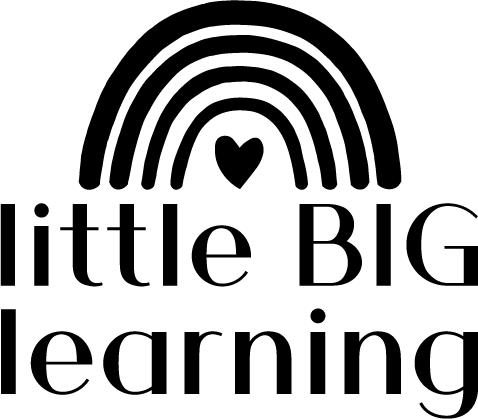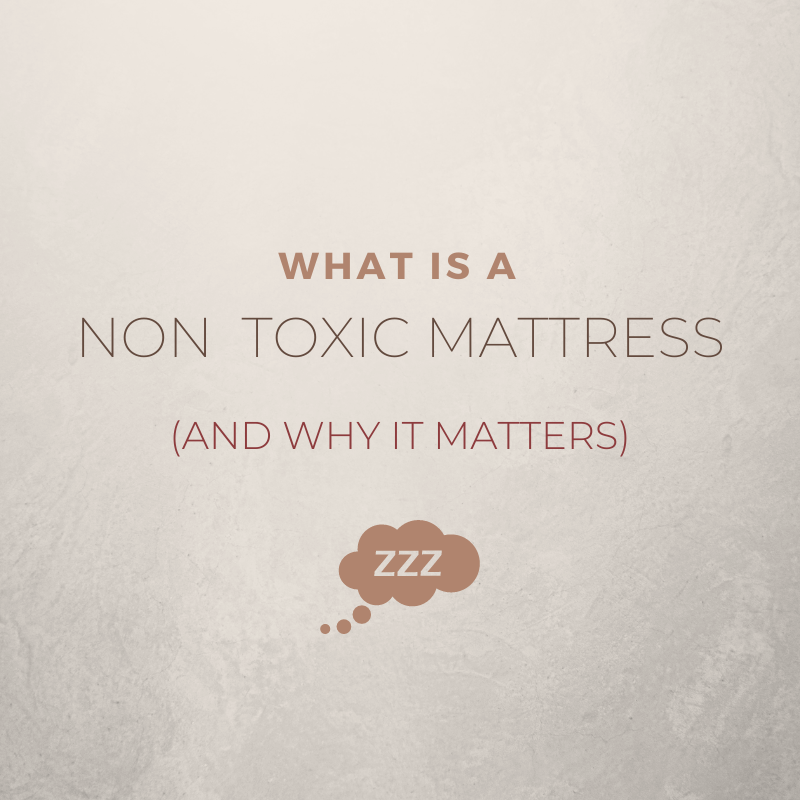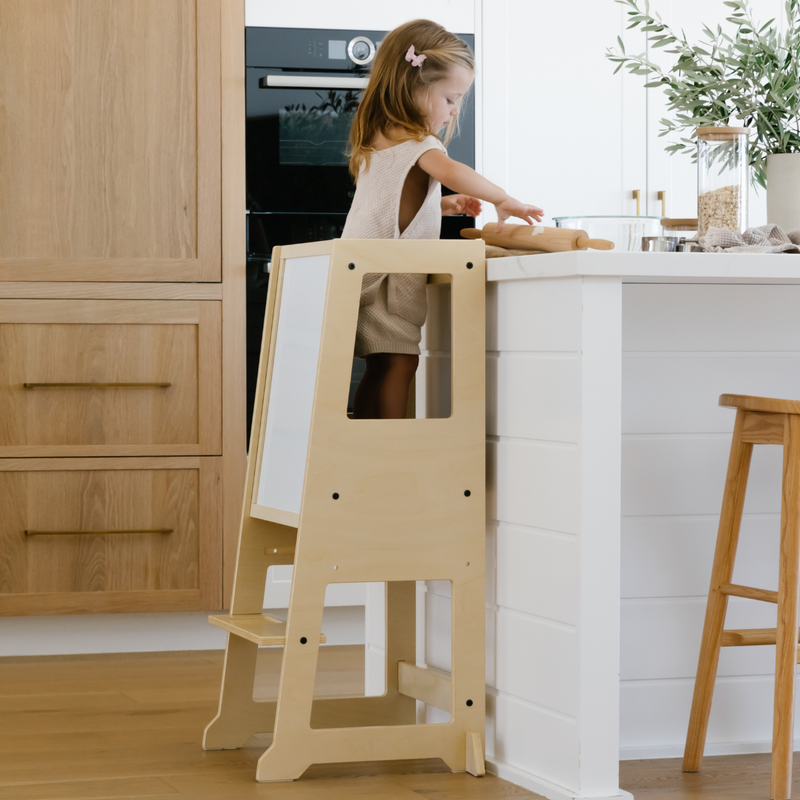We know what you’re thinking: ‘this Pikler Triangle is adorable and I need it, obviously, but… what is it?’
We know you’re asking that because we asked that. And then we found the answer. And we liked the answer so much we started a company devoted to their local, ethical and sustainable production. But what is it?

To put simply, it's a climbing frame. While traditional outdoor climbing equipment, with swings, a slide and cubby are targeted towards the older child with already developed gross motor skills, the Pikler Triangle can be thought of as a starter kit; the literal building blocks that enable your developing babe to hit age appropriate coordination and developmental milestones.
The Pikler Triangle was developed by Hungarian paediatrician, Dr Emmi Pikler over 100 years ago. Like most great ideas - it's stuck around and hasn't really changed that much (until we added a cool rock climbing wall). It can be used for children as young as 6 months to approx 4-5 years old. In fact, in the interest of minimalism, the wooden rungs can even be used to attach play bar accessories for sensory development immediately from birth. Essentially it is an all-in-one sensory and motor development ‘toy’ from 0-5 years and can be used both inside and out.
Let’s rewind for a quick history lesson:
Although typically associated with Montessori-type equipment, the Pikler triangle was actually developed by Dr Emmi Pikler and found its fame when one of her pupils, Magda Gerber, brought the piece (and Dr Pikler’s then-revolutionary parenting philosophies) to the USA. Gerber then coined the acronym and non-profit organisation RIE, Resources for Infant Educators.
In comparison, both Dr Maria Montessori and Dr Emmi Pikler discovered and evolved the principles of which Gerber would base her parenting doctrines at roughly the same time in history (early 1900s, pre WWI) respectively in Italy and Hungary.
Thanks to the predisposition of 1960s-ish L.A. mothers to cling to new parenting trends like millenials do to avo-smash, Pikler triangles, as well as the radical concept that children could be treated with respect, grew in awareness and practice.
And for good reason.
Without beginning a never-ending lesson on respectful parenting, #weheartjanetlansbury, let us try to explain how the Pikler Triangle differs from just heading to your local park playground.
Tradition parenting thoughts, and let’s face it - habit -, would encourage the placing of children on play equipment well before their little bodies are capable of climbing onto it themselves. Out of nothing but the desire to see our children enjoy something we know to be ‘fun’, all of us have in one situation or other, ‘helped’ our child perform a motor task that they aren’t capable of doing themselves, so they can skip to the ‘fun’ bit - the descending of the slide, or the sitting up on the highest platform of the playground or the rocking on a metal horse before they can coordinate swinging their leg over to get on themselves. Think Jolly Jumpers for younger babes. (And then stop thinking about Jolly Jumpers and read our other article ASAP!).
While intended to give our children a happy experience, what this simple action does on a fundamental level is freeze a child’s abilities to find boundaries on their own, boundaries that teach them their own limits and allow them a sense of safety in their physical self.
Does it matter in that moment? Probably not!
Slides are the best! Heights show a whole new world for little big kids and rocking horses might dizzy them to sleep through the night (we can dream, right?).
It is the accumulation of these acts though, or the tendency of us as parents to lead our children’s physical development on a regular basis, that takes away their opportunities to learn to lead themselves.
So where does the triangle come in to it?
Fundamentally: if a babe cannot climb, she just will not climb. We are born with a logic that is innately designed to protect us and when we test the boundaries of our abilities we learn from the experience.
We try to walk and we fall, hence finding the limit of our centre of gravity’s translation within our base of support. It is the founding theory of neuroplasticity - our nerves, that is, our brain, is malleable, and hardwires what we practice so we find stability, improve our control, our balance.
The Pikler Triangle allows our children to learn their own boundaries in their own time and in a way that keeps parental heart palpitations to a minimum (compare to placing toddler on high playground platform then running underneath, waiting for when they plunge themselves off the edge - we’ve all been that ballistic helicopter at the bottom, admit it).
As the triangle is only a metre from the ground, and as babies and toddlers will only get that high when they are ready, the need for buzzing aerodynamics is kept to a minimum. The triangle doesn’t need to be adjusted as your child grows because it is the foundation on which they reach developmental milestones, at their own pace.
Babies as young as 6-8 months can pull to stand using the rungs and children as old as 4 and 5 can climb to the topmost point, continuing to learn new skills and develop their proprioceptive control in a creative way that also fosters a sense of imagination.
What starts as a climbing frame can become a castle, a helicopter, a treehouse, a teepee... You’ll witness how their mood determines how far they will push themselves each day and each month they’ll try something new.
And they’ll do it all when they are ready.
You’ll still likely place them on the rocky horse at the playground even though they can’t climb onto it yet and yes, maybe you’re clinging to the hope it will rock them into a 12 hour overnight slumber. But you’ll do so knowing that for the 30 minutes of time where you make physical boundaries for them, they’ll have the rest of their day to explore the world on their own. Sometimes with the Pikler Triangle and sometimes without, but always with the principles on which it is based.
While you are here, check out our collection of Australian-made Pikler Triangle climbing frames.






Can they be shipped in the united states . Is the company in australia ?
great article and great product but as a daycarer i look at the photo and cringe because it has plant pots and a very hard heavy metal car right next to a climbing object for toddlers. i know it sounds picky but it just doesn’t make people think wow this company knows how to keep my child safe with their climbing frames.
a more simpler pic of the triangle with maybe a few throw cushions next to it as kids love to use them to. or some cushions and a few books off to one side but keep it simple and uncluttered to draw attention to what you’re selling. please don’t take this as picking as it’s a great product
May I translate it and repost it on my Instagram? I will add the acknowledgement of course.